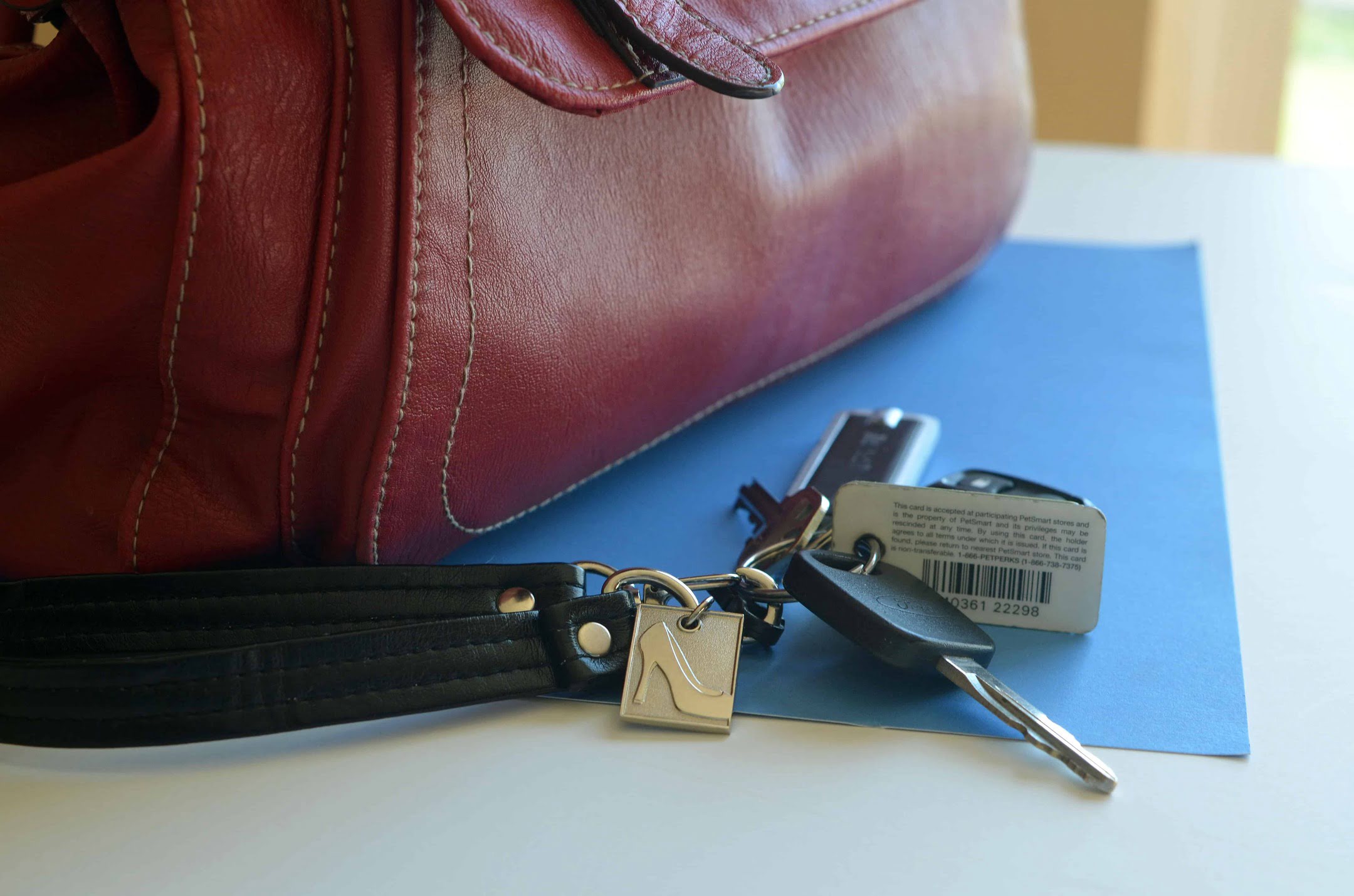

Articles
How To Store Keys
Modified: January 18, 2024
Learn the best methods for storing keys and keeping them secure with our informative articles. Discover tips and tricks to prevent loss or unauthorized access.
(Many of the links in this article redirect to a specific reviewed product. Your purchase of these products through affiliate links helps to generate commission for Storables.com, at no extra cost. Learn more)
Introduction
Welcome to the world of key storage! Whether you’re a homeowner, a business owner, or simply someone who juggles multiple sets of keys, finding an effective and secure way to store your keys is essential. After all, keys play a crucial role in our everyday lives, granting us access to our homes, offices, cars, and more.
But have you ever found yourself frantically searching for misplaced keys, causing unnecessary stress and inconvenience? Or perhaps you’ve experienced the headache of having your keys stolen or compromised? If so, you’re not alone. Many people underestimate the importance of proper key storage and the impact it can have on their security and peace of mind.
In this article, we’ll explore the importance of storing keys securely and the common mistakes to avoid. We’ll also delve into various key storage options available in the market and provide you with insights on choosing the right solution. Additionally, we’ll highlight the factors you should consider before storing your keys and offer some best practices to ensure optimal key storage.
So, whether you’re a seasoned key holder or just starting to build your key collection, keep reading to discover how to store your keys effectively and efficiently.
Key Takeaways:
- Prioritize key security and organization to enhance property safety, minimize unauthorized access, and streamline daily routines.
- Choose a key storage solution that aligns with your security needs, consider factors like accessibility and maintenance, and implement best practices for optimal key management.
Read more: How To Store Private Keys Securely
Importance of Storing Keys
Properly storing your keys is vital for several reasons. Let’s take a closer look at the importance of key storage:
1. Security: Storing your keys securely is crucial to maintaining the security of your property. Keys that are left in easily accessible places, such as under doormats or in fake rocks, can easily be discovered by intruders, putting your home or business at risk. By implementing proper key storage measures, you reduce the chances of unauthorized access and potential burglaries.
2. Organization: Keeping your keys well-organized helps save time and eliminates the frustration of rummaging through drawers or pockets to find the right key. With a designated key storage system, you can easily locate keys when you need them, leading to increased efficiency and productivity in your daily routine.
3. Avoid Misplacement: We’ve all experienced the panic of misplacing our keys. Whether they fall into the depths of a bag or get lost in the shuffle of a busy day, misplacing keys can be a major inconvenience and disrupt your plans. Proper key storage provides a designated place for your keys, reducing the chances of misplacement and ensuring they are always within reach when you need them.
4. Key Longevity: Keys are an important investment, and proper storage can help prolong their lifespan. When keys are loosely stored or thrown around haphazardly, they can become damaged or bent, requiring expensive replacements. By using appropriate key storage solutions, you can protect your keys from unnecessary wear and tear, ensuring they remain in good condition for longer.
5. Peace of Mind: Knowing that your keys are safely stored brings peace of mind. Whether you’re away from home for an extended period or need to leave keys unattended at work, having a reliable key storage system in place provides assurance that your keys are protected and only accessible to authorized individuals.
In summary, the importance of storing keys cannot be overstated. By prioritizing key security and organization, you enhance the safety of your property, minimize the risk of unauthorized access, and simplify your daily routines. Now that we understand the significance of key storage, let’s explore some common mistakes to avoid.
Common Mistakes to Avoid
When it comes to key storage, there are several common mistakes that people often make. By being aware of these mistakes, you can avoid potential security risks and ensure the proper storage of your keys. Let’s take a look at some of these common mistakes:
1. Leaving Keys in Obvious Places: One of the biggest mistakes people make is leaving their keys in obvious and easily accessible places. Hiding keys under doormats, flower pots, or fake rocks may seem convenient, but it is also predictable for intruders. Avoid these common spots and opt for more secure key storage solutions.
2. Neglecting to Label Keys: Many people have multiple keys, and without proper labeling, it can be challenging to identify which key goes where. This can lead to frustration and wasted time. Take the time to label your keys or use color-coded key tags to easily identify them.
3. Using Weak Key Lockboxes: Key lockboxes can be a convenient solution for storing keys, especially for shared spaces or when granting access to maintenance workers or guests. However, using weak or easily breakable lockboxes defeats their purpose. Invest in a high-quality, sturdy lockbox that is resistant to tampering and designed to protect your keys.
4. Lack of Backup Keys: It is essential to have backup keys in case of emergencies or misplaced or lost keys. Failing to create and store backup keys can lead to unnecessary stress and expense. Always have spare keys on hand and keep them in a secure location, such as with a trusted neighbor or in a safe deposit box.
5. Failure to Update Key Storage Methods: As technology and security measures evolve, it is crucial to update your key storage methods accordingly. If you’re still using outdated, easily bypassed systems, it’s time to invest in more advanced solutions, such as digital key storage systems or secure outdoor key boxes.
By avoiding these common mistakes, you can enhance the security and efficiency of your key storage. Now that we’ve discussed the mistakes to steer clear from, let’s explore some key storage options that can help keep your keys organized and secure.
Key Storage Options
When it comes to storing your keys, there is a wide range of options available to cater to different needs and preferences. Let’s explore some key storage solutions:
1. Key Hooks or Key Racks: Key hooks or key racks are a simple and cost-effective solution for organizing and storing keys. They typically consist of a wall-mounted board or panel with hooks to hang your keys. Key hooks come in various designs and sizes, allowing you to choose one that fits your style and space requirements.
2. Key Cabinets or Lockboxes: Key cabinets and lockboxes provide a secure way to store multiple keys. They are typically made of durable materials, such as steel, and feature a locking mechanism to restrict access. Key cabinets are suitable for both residential and commercial use, ensuring keys are safely stored and easily accessible to authorized individuals.
3. Key Storage Systems: Key storage systems offer a more advanced and comprehensive solution for managing keys. These systems often feature electronic or digital components, allowing you to track key usage and implement additional security measures. They are commonly used in large organizations, hotels, and car rental agencies, where key management is critical.
4. Secure Outdoor Key Boxes: If you frequently need to grant access to your property when you’re not around, a secure outdoor key box can be a practical solution. These weather-resistant boxes are designed to be mounted outside your home or office and provide a secure storage space for spare keys. Ensure you choose a model with strong built-in security features, such as combination locks or biometric access control.
These are just a few key storage options to consider. The choice ultimately depends on the level of security you require, the number of keys you need to store, and your personal preferences. Now that we’ve explored the different options, let’s discuss the factors you should consider before selecting a key storage solution.
Key Hooks or Key Racks
Key hooks or key racks are a popular and straightforward solution for organizing and storing keys. They offer convenience and accessibility while keeping your keys in one designated area. Here are some key points to consider when using key hooks or key racks:
A. Installation: Key hooks or racks are typically mounted on walls in entryways, kitchens, or other easily accessible areas. Before installation, ensure that the hooks or racks are securely attached to the wall to prevent them from falling or causing any damage.
B. Organization: One of the primary benefits of using key hooks or racks is their ability to keep keys organized and easily accessible. Assign a specific hook for each set of keys, such as house keys, car keys, or office keys. By allocating dedicated hooks, you can quickly identify and locate the keys you need without rummaging through a pile.
C. Labeling: To further enhance organization, consider labeling the hooks or using color-coded key tags. This simple addition can help you identify the purpose of each key and prevent any confusion when grabbing the keys you need.
D. Security: While key hooks or racks offer convenience, it’s important to keep in mind that they are visible and exposed. Therefore, it’s crucial to carefully consider the location of your key hooks or racks, ensuring that they are not easily accessible to strangers or individuals with ill intentions. If security is a concern, you may want to consider other key storage options, such as lockboxes or key cabinets.
E. Extra Features: Some key hook or rack systems come with additional features, such as memo boards, mail slots, or small shelves. These features can provide added convenience by allowing you to leave notes, store small items, or sort incoming mail near the key storage area.
When using key hooks or key racks, the key to success lies in developing good habits. Make it a routine to hang your keys on their designated hooks immediately upon entering your home or office. By doing so, you’ll reduce the chances of misplacing or losing your keys and create a sense of order in your daily life.
Now that we’ve covered key hooks or key racks, let’s move on to exploring another key storage option – key cabinets or lockboxes.
Read more: How To Store Key Lime Pie
Key Cabinets or Lockboxes
Key cabinets or lockboxes are a secure and efficient solution for storing multiple keys. They provide an added layer of protection and are commonly used in both residential and commercial settings. Here are some key points to consider when using key cabinets or lockboxes:
A. Security: Key cabinets and lockboxes are designed with security in mind. They feature robust construction, typically made of durable materials such as steel, and come equipped with a locking mechanism. This ensures that only authorized individuals can access the stored keys, reducing the risk of unauthorized entry or theft.
B. Capacity: Key cabinets or lockboxes come in various sizes and capacities to accommodate different numbers of keys. Consider your specific needs and the number of keys you will be storing to ensure you choose a cabinet or lockbox with sufficient capacity. It’s better to opt for a slightly larger option to allow for future key additions.
C. Organization: Key cabinets usually feature hooks or key slots within the compartment, allowing you to neatly organize and hang each key individually. This makes it easy to locate and retrieve specific keys when needed, saving time and minimizing frustration.
D. Labeling: Properly labeling the keys stored in a key cabinet is essential for quick and accurate identification. Use key tags, labels, or numbering systems to clearly indicate the purpose or location associated with each key. This will streamline your search and ensure efficient key management.
E. Placement: Key cabinets or lockboxes should be placed in a secure and inconspicuous location. Avoid placing them in obvious areas that may attract unwanted attention, such as near entrances or windows. Consider installing them in a concealed spot, such as inside a closet or behind a locked door, to maximize security.
F. Backup Keys: It’s always a good idea to have spare or backup keys in case of emergencies or misplaced keys. Keep a separate set of keys in a secure location, such as a safe or a locked drawer, as a backup for the keys stored in the key cabinet or lockbox.
With their strong security features and organizational capabilities, key cabinets or lockboxes provide peace of mind and efficient key management. However, it’s important to regularly assess the security measures of your key cabinet or lockbox and ensure that any locking mechanisms are in proper working condition.
Now that we’ve explored key cabinets or lockboxes as a key storage option, let’s move on to discussing another option – key storage systems.
Store keys in a designated place, such as a key rack or bowl, to keep them organized and easily accessible. Avoid leaving them in obvious or easily accessible areas to prevent theft or unauthorized access.
Key Storage Systems
Key storage systems offer advanced functionality and enhanced security for managing keys in various settings. These systems utilize electronic or digital components to provide additional features and convenience. Here are some key points to consider when using key storage systems:
A. Key Tracking: Key storage systems often incorporate tracking mechanisms that allow you to monitor key usage and track who has accessed specific keys and when. This feature is particularly useful in commercial or large-scale operations where key management and accountability are critical.
B. Restricted Access: Many key storage systems utilize electronic or digital access control, requiring users to provide a unique PIN code, a key card, or even biometric identification to retrieve stored keys. This helps ensure that only authorized individuals have access to the keys, increasing overall security.
C. Customizable User Permissions: With key storage systems, you can customize user permissions and provide different levels of access to different individuals based on their roles or responsibilities. This allows for better control and prevents unauthorized users from accessing certain keys.
D. Remote Access: Some advanced key storage systems offer remote access capabilities, allowing you to control and monitor key usage even when you’re not physically present at the storage location. This can be particularly useful for managing keys in multiple locations or for granting access to service providers remotely.
E. Integration with Other Security Systems: Key storage systems can often be integrated with other security systems, such as access control systems or surveillance cameras. This integration enhances overall security and provides a comprehensive solution to protect your property.
Key storage systems are ideal for organizations that require strict key management, such as hotels, car rental agencies, or large businesses. However, they can also be used in residential settings for added security and convenience, especially for individuals with a large number of keys or who need to grant temporary access to others.
Keep in mind that key storage systems may be more complex to install and maintain compared to other key storage solutions. Regularly update and maintain the system to ensure its functionality and security.
Now that we’ve explored key storage systems, let’s move on to discussing another key storage option – secure outdoor key boxes.
Secure Outdoor Key Boxes
Secure outdoor key boxes are designed to provide a safe and convenient way to store spare keys outside your property. These weather-resistant boxes are typically mounted to an exterior wall, allowing authorized individuals to access the keys when needed. Here are some key points to consider when using secure outdoor key boxes:
A. Durability: Outdoor key boxes are designed to withstand various weather conditions, such as rain, snow, and extreme temperatures. Look for a box made of durable materials, such as heavy-duty metal or hardened plastic, to ensure long-lasting performance.
B. Security Features: Ensure that the outdoor key box you choose has strong security features to prevent unauthorized access. Look for models that feature combination locks, electronic keypad access, or even fingerprint scanners to ensure that only authorized individuals can retrieve the keys.
C. Ease of Installation: Look for a secure outdoor key box that is easy to install and mount securely. It should come with all the necessary hardware and instructions for proper installation. Consider the location where you plan to mount the key box and make sure it is easily accessible for authorized individuals.
D. Key Capacity: Consider the number of keys you need to store in the outdoor key box. Choose a size that can accommodate your needs, ensuring that there is enough space to store all the necessary keys securely.
E. Visibility and Concealment: Strike a balance between having the outdoor key box easily accessible for authorized individuals while ensuring it is not easily visible or accessible to potential intruders. Choose a discreet location that is not easily noticeable to passersby.
F. Regular Maintenance: Regularly inspect and maintain the outdoor key box to ensure that it remains in optimal condition. Check for any signs of wear, damage, or tampering and replace or repair as necessary. Make it a habit to change the access codes or combination periodically to enhance security.
Secure outdoor key boxes are particularly useful for providing access to guests, service providers, or emergency situations when you’re not available to grant entry. They offer a secure and convenient solution while avoiding the need to hide keys in predictable and vulnerable spots outside your property.
Now that we’ve covered the various key storage options available, let’s move on to discussing the factors you should consider before selecting the right key storage solution for your needs.
Choosing the Right Key Storage Solution
Choosing the right key storage solution requires careful consideration of your specific needs, security requirements, and personal preferences. Here are some factors to consider before selecting the right key storage solution:
A. Security: Evaluate the level of security you require for your keys. Consider the value and importance of the items or areas that the keys grant access to. Assess the security features of each key storage option, such as lock strength, access control mechanisms, and resistance to tampering.
B. Number of Keys: Determine how many keys you need to store. Different key storage options have varying capacities, so ensure that the chosen solution can accommodate your current and potential future key storage needs.
C. Convenience and Accessibility: Consider how easy it is to access and retrieve the stored keys. Balance security with convenience in finding a solution that allows authorized individuals to retrieve keys quickly and efficiently.
D. Space Availability: Evaluate the available space for key storage. If you have limited space, compact solutions like key hooks or key cabinets may be more suitable. If space is not a constraint, larger solutions like key storage systems or secure outdoor key boxes can be considered.
E. Cost: Consider your budget when choosing a key storage solution. Different options come with varying price points, so find a solution that fits within your financial limitations while still meeting your security and storage needs.
F. Maintenance and Upkeep: Assess the maintenance requirements and potential upkeep costs associated with the chosen key storage solution. Some options may require regular maintenance or periodic replacement of components, so factor these considerations into your decision-making process.
By carefully evaluating these factors, you can select a key storage solution that aligns with your specific requirements and provides you with optimal security and convenience.
Now that we’ve covered the factors to consider before selecting a key storage solution, let’s move on to discussing some best practices for key storage to ensure the security and longevity of your keys.
Read more: How To Organize Your Keys
Factors to Consider Before Storing Keys
Before storing your keys, it is important to consider certain factors to ensure their security and proper management. Here are some key factors to consider:
A. Key Identification: Before storing your keys, make sure you have a clear system in place for identifying and labeling each key. Use key tags, labels, or color-coded indicators to easily identify the purpose or location associated with each key. This will help you locate the right key quickly and avoid confusion.
B. Key Inventory: Take inventory of all your keys and determine which ones are essential and which ones can be stored as backups. This will help you determine the appropriate storage solution and ensure that you have spare keys in case of emergencies or misplaced keys.
C. Key Security Level: Assess the level of security required for each key. Some keys may grant access to highly sensitive areas, while others may have lower security implications. Store high-security keys in more secure and restricted access solutions, such as key cabinets or secure outdoor key boxes.
D. Accessibility: Consider who needs access to the stored keys and how frequently they need to retrieve them. Balance security with accessibility to find a solution that allows authorized individuals to easily access the keys while still maintaining proper security measures.
E. Key Sharing: If you need to share keys with others, consider whether you require a system that allows for controlled sharing or tracking of key usage. This can be particularly important in business or organizational settings where key access needs to be monitored and controlled.
F. Environmental Factors: Take into account the environmental conditions in which the keys will be stored. Ensure that the chosen storage solution can withstand the specific conditions, such as temperature variations, humidity, or exposure to the elements for outdoor storage options.
By considering these factors before storing your keys, you can choose the appropriate storage solution and implement proper key management practices. Now, let’s move on to discussing some best practices for key storage to ensure the security and longevity of your keys.
Best Practices for Key Storage
Implementing best practices for key storage is essential to ensure the security and longevity of your keys. Here are some key practices to follow:
1. Choose a Secure Storage Solution: Select a key storage solution that provides a high level of security, such as key cabinets, lockboxes, or key storage systems. Consider the durability, access control features, and resistance to tampering when making your choice.
2. Assign a Designated Storage Location: Establish a specific and consistent location for storing your keys. This helps avoid misplacement and ensures that keys are always returned to their proper place after use.
3. Label Keys Clearly: Use key tags, labels, or color-coding to clearly identify and label each key. This helps prevent confusion and ensures that the right key is used when needed.
4. Limit Access to Authorized Individuals: Restrict access to stored keys only to authorized individuals who need them. Make sure to share keys responsibly and keep track of key usage to maintain accountability.
5. Update Access Codes and Combinations: If using electronic or digital key storage solutions, regularly update access codes or combinations to enhance security. Change them periodically or whenever there is a change in authorized personnel.
6. Regularly Inspect and Maintain Storage Solutions: Conduct routine inspections of your chosen key storage solution to ensure its functionality and security. Check for any signs of wear, damage, or tampering and address any maintenance or repair needs promptly.
7. Keep Backup Keys Securely: If you have backup keys, store them in a secure location separate from the main set of keys. This ensures that you have replacements available in case of emergencies or misplaced keys.
8. Periodically Reevaluate Key Storage Needs: Regularly assess your key storage needs and make adjustments as necessary. If you’ve added or removed keys, or if your security requirements have changed, reevaluate your storage solution to ensure it still meets your needs.
9. Communicate Key Storage Procedures: If you are storing keys in a shared space or have employees or family members who need access, clearly communicate the key storage procedures and expectations. Educate everyone on the importance of proper key storage and emphasize the need for responsible key management.
10. Regularly Review Security Measures: Stay up to date with the latest security practices and technologies related to key storage. Regularly review and update your security measures to ensure that your key storage remains robust and effective.
By following these best practices, you can ensure the security, organization, and longevity of your keys. Now that we’ve covered the best practices, let’s conclude our discussion on key storage.
Conclusion
Effectively and securely storing keys is essential for maintaining the security of your property, avoiding the frustration of misplaced keys, and ensuring quick and convenient access when needed. In this article, we explored the importance of key storage and common mistakes to avoid. We also discussed various key storage options, including key hooks or racks, key cabinets or lockboxes, key storage systems, and secure outdoor key boxes.
When choosing a key storage solution, it is crucial to consider factors such as security level, number of keys, accessibility, and environmental conditions. By selecting the right solution, you can ensure that your keys are stored safely and efficiently.
To maintain proper key storage, it is important to follow best practices. These include labeling keys, limiting access to authorized individuals, regularly inspecting and maintaining storage solutions, and keeping backup keys secure. By implementing these best practices, you can enhance the security, organization, and longevity of your keys.
Remember, key storage is not a one-time task. It requires ongoing attention and periodic evaluations to ensure that your key storage system remains effective and meets your changing needs.
In conclusion, investing time and effort into finding the right key storage solution and implementing best practices will save you from the stress of lost keys, enhance your security, and streamline your day-to-day routines. So, prioritize key storage and enjoy peace of mind knowing that your keys are properly protected and easily accessible when you need them.
Frequently Asked Questions about How To Store Keys
Was this page helpful?
At Storables.com, we guarantee accurate and reliable information. Our content, validated by Expert Board Contributors, is crafted following stringent Editorial Policies. We're committed to providing you with well-researched, expert-backed insights for all your informational needs.

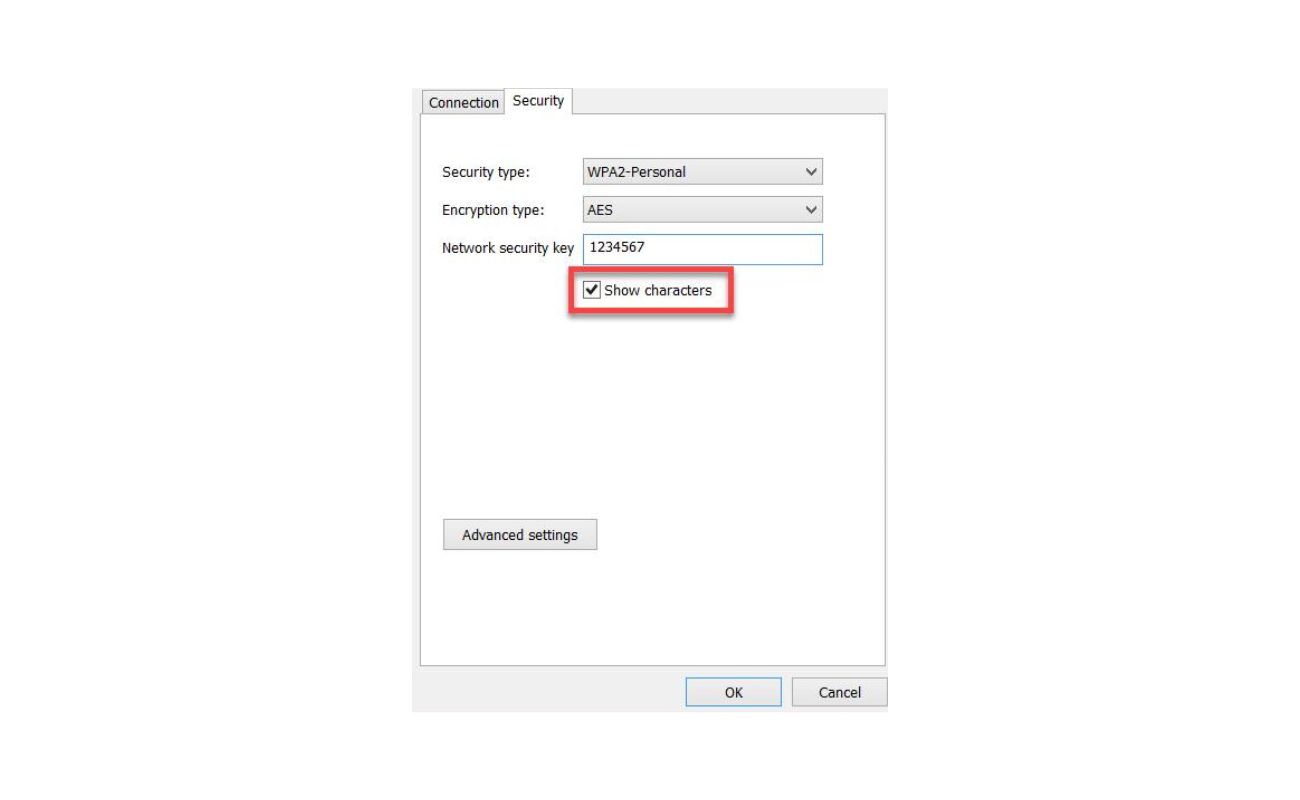
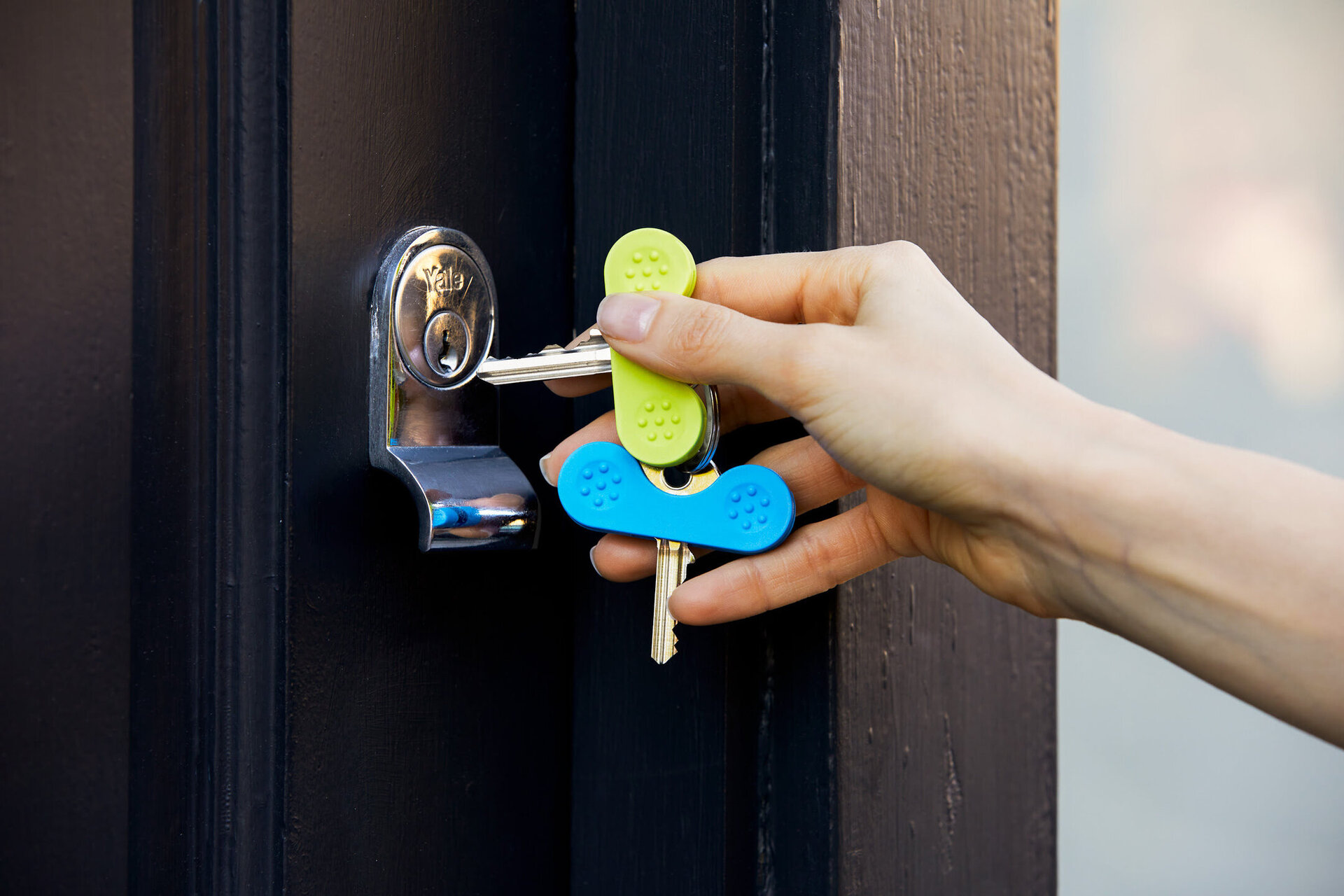
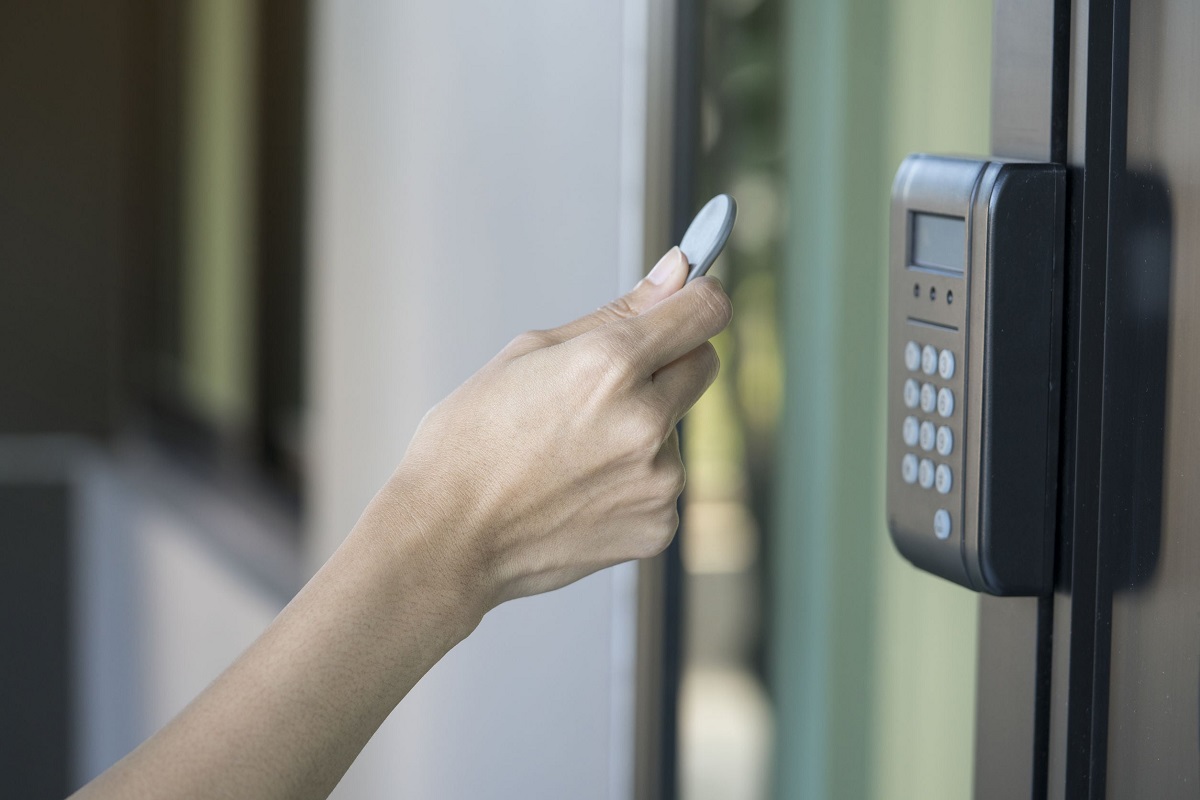
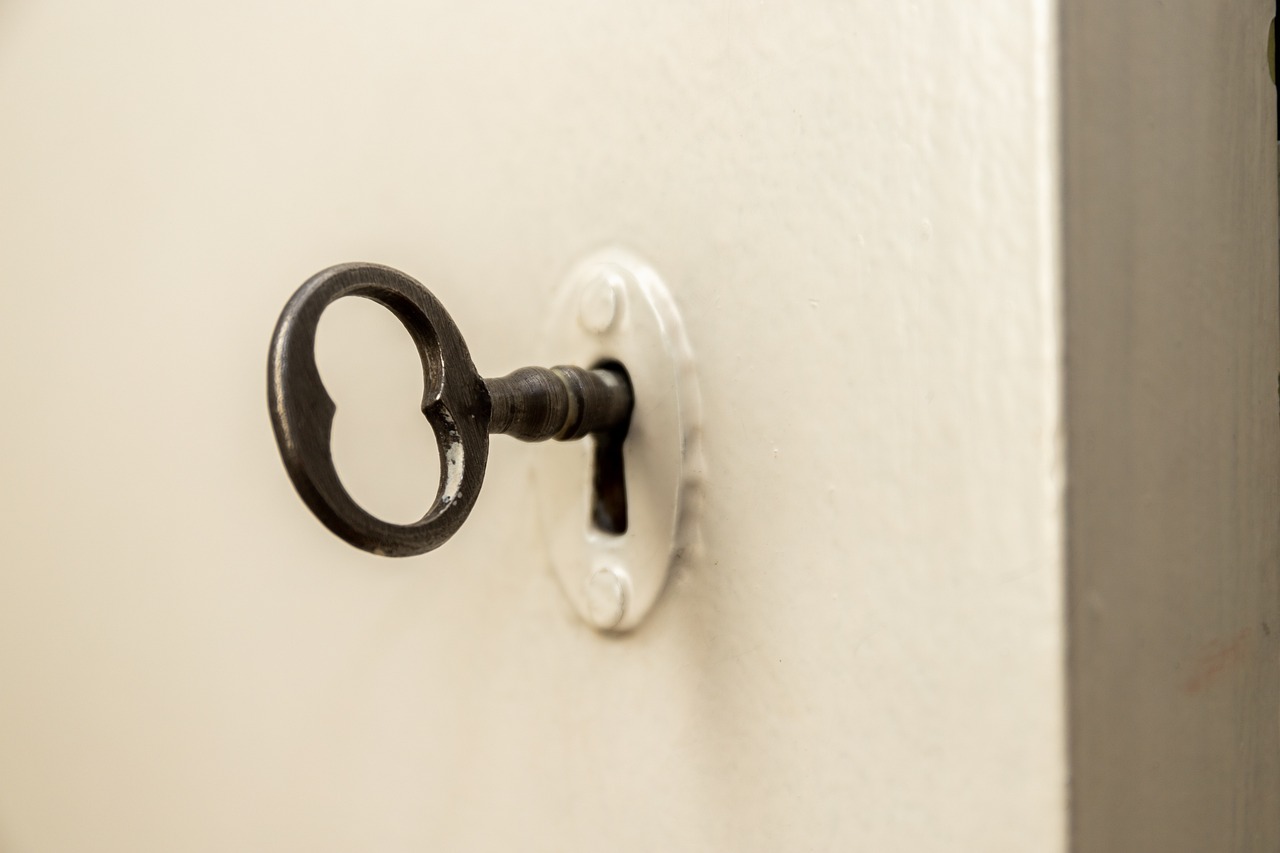
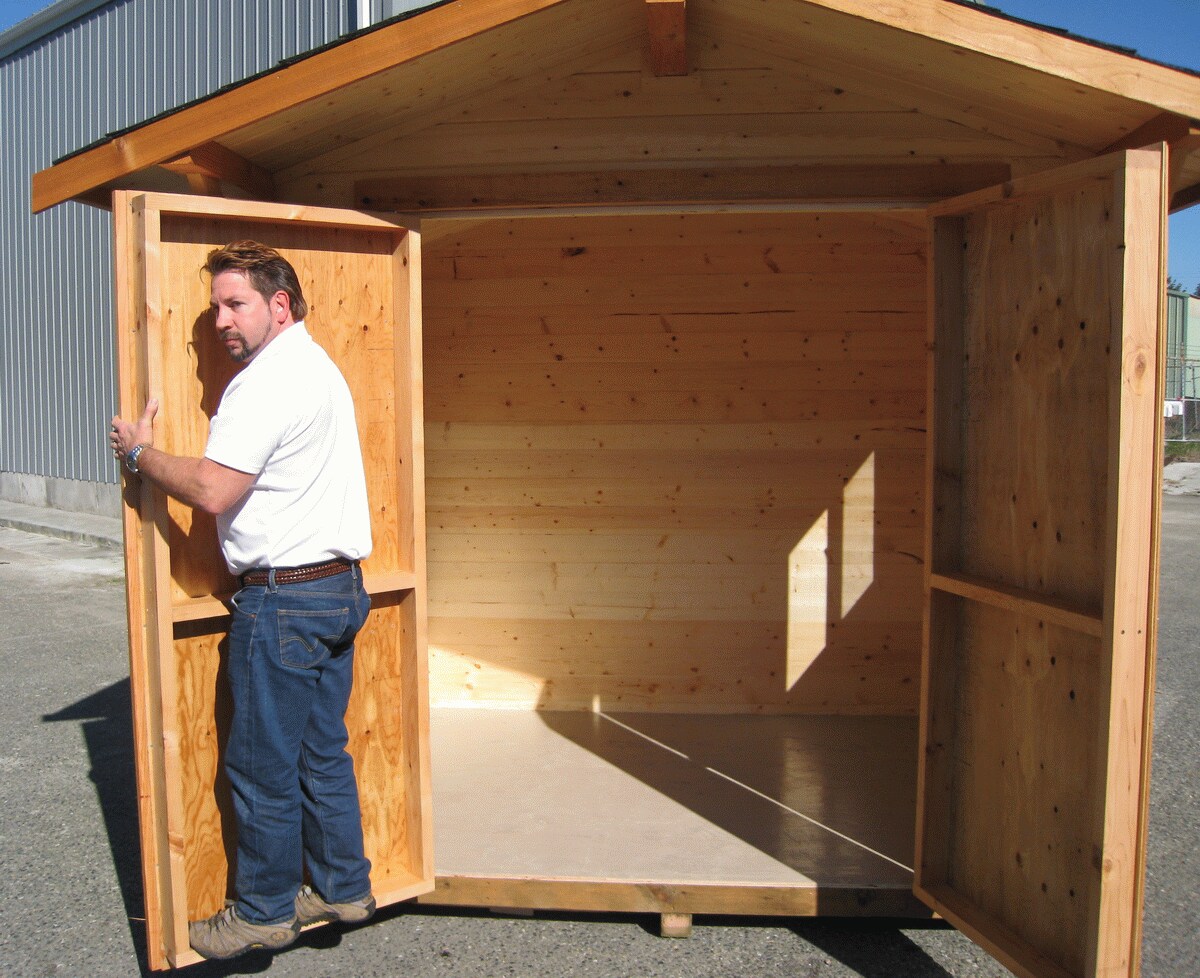
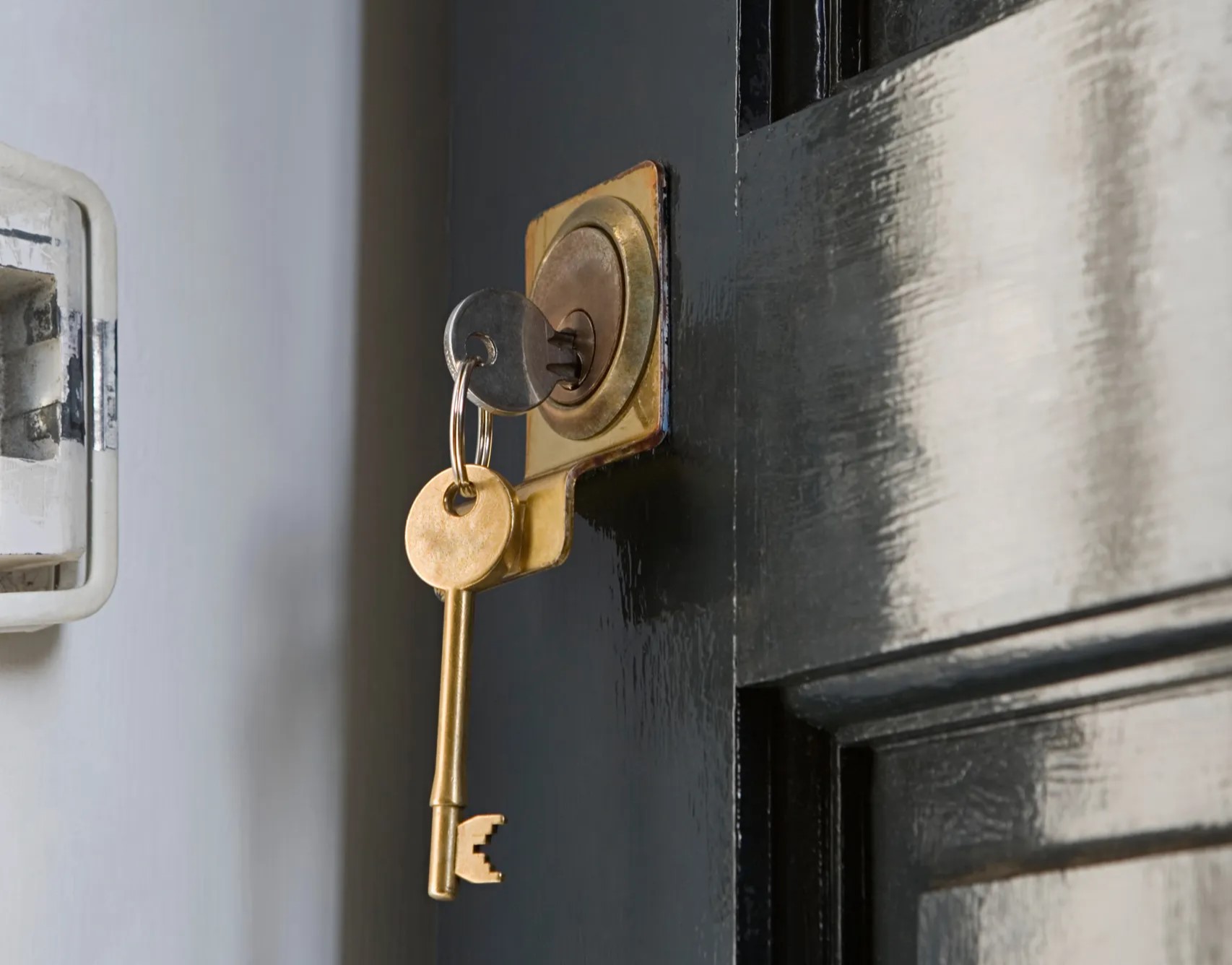
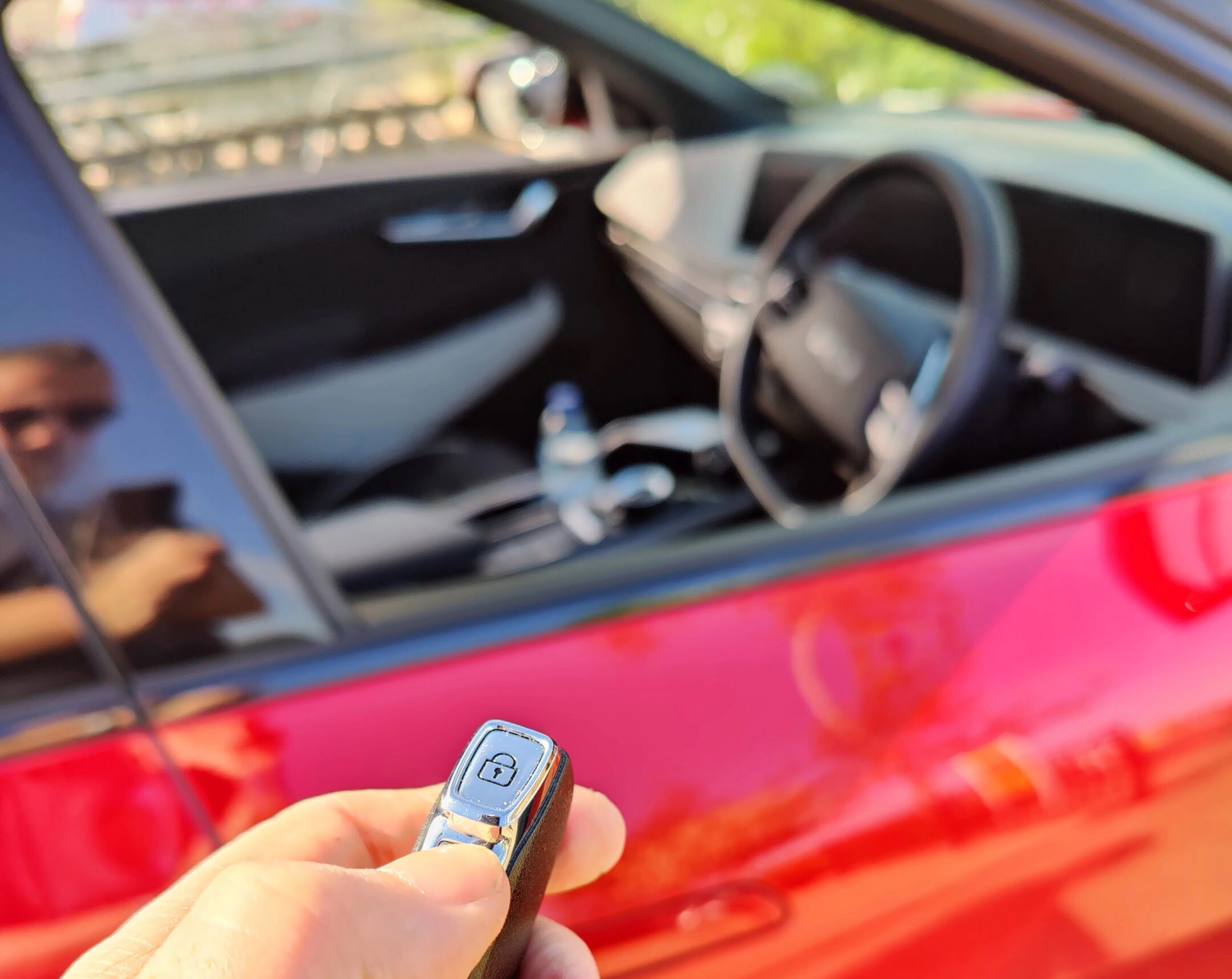
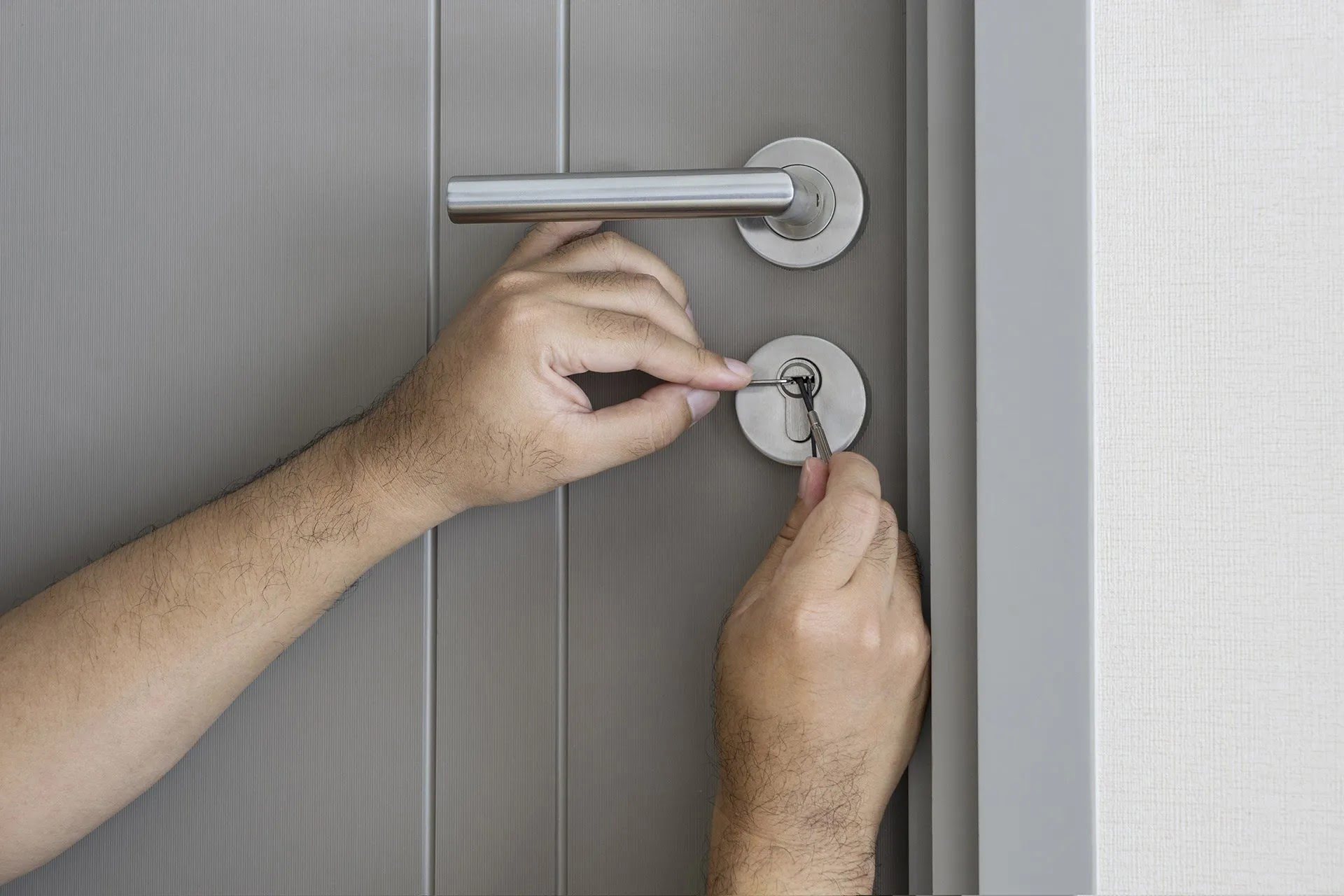
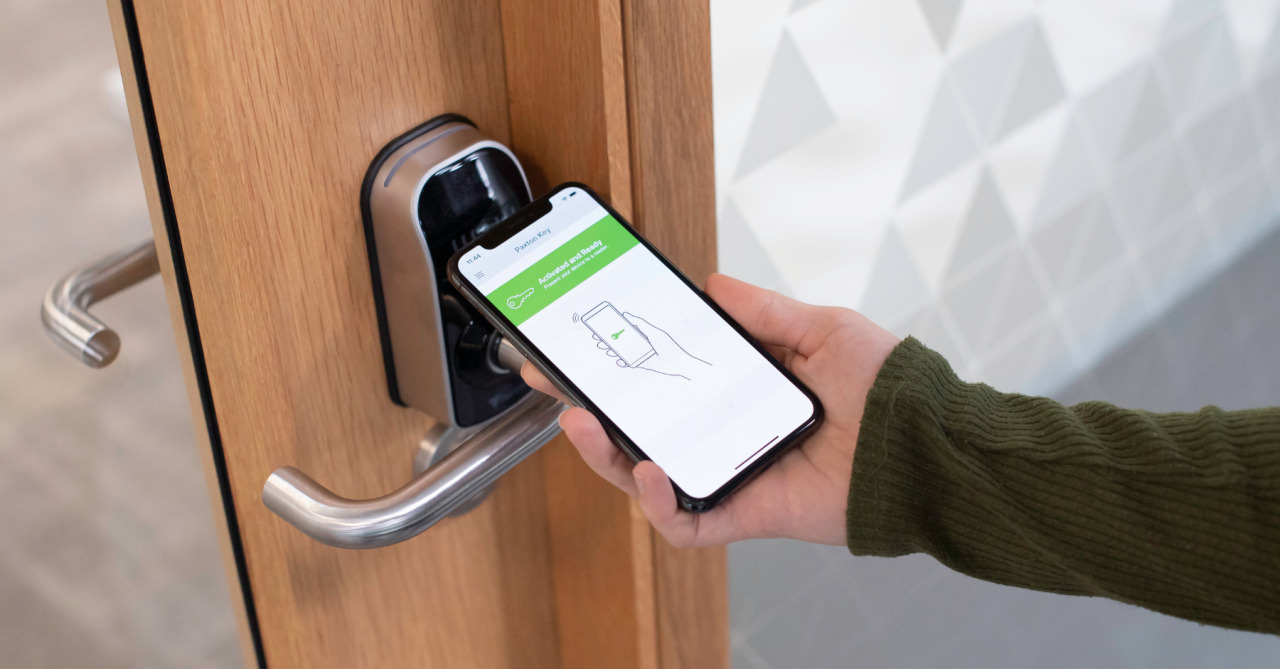
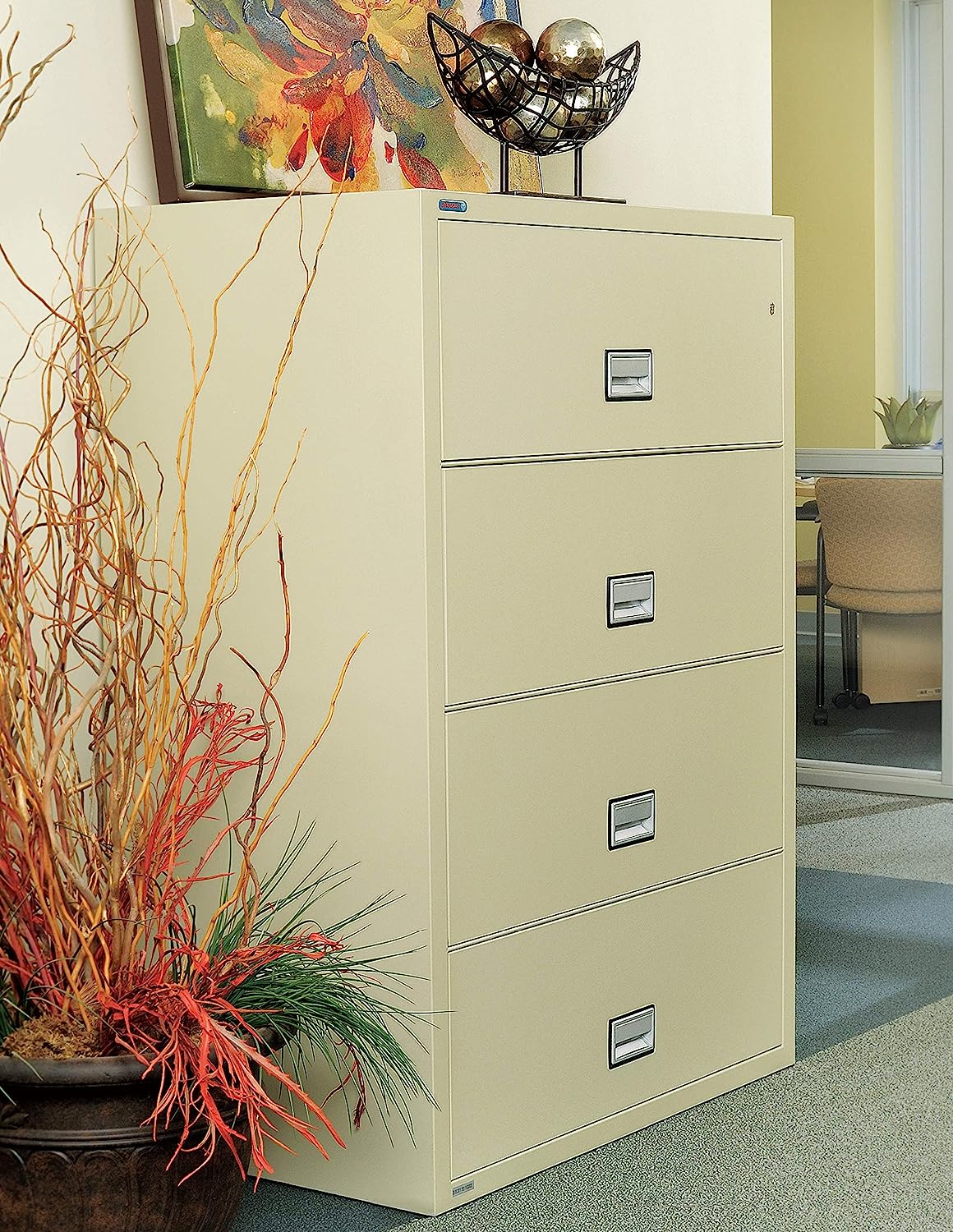
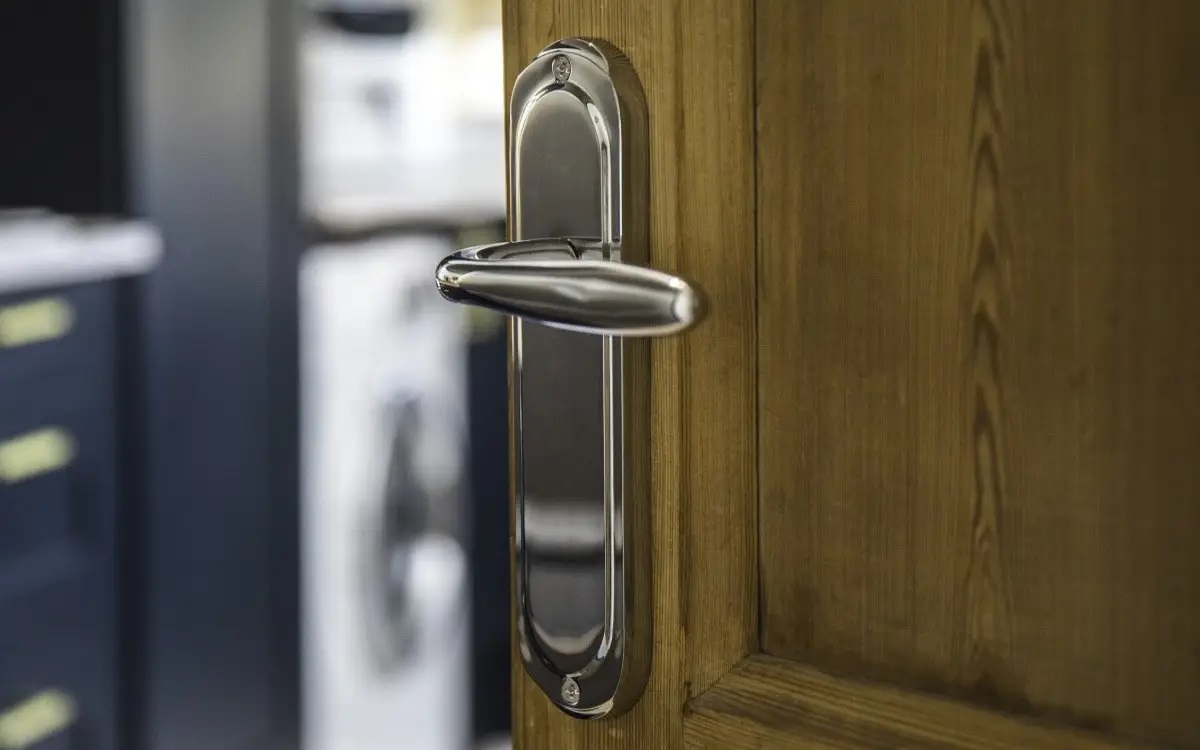
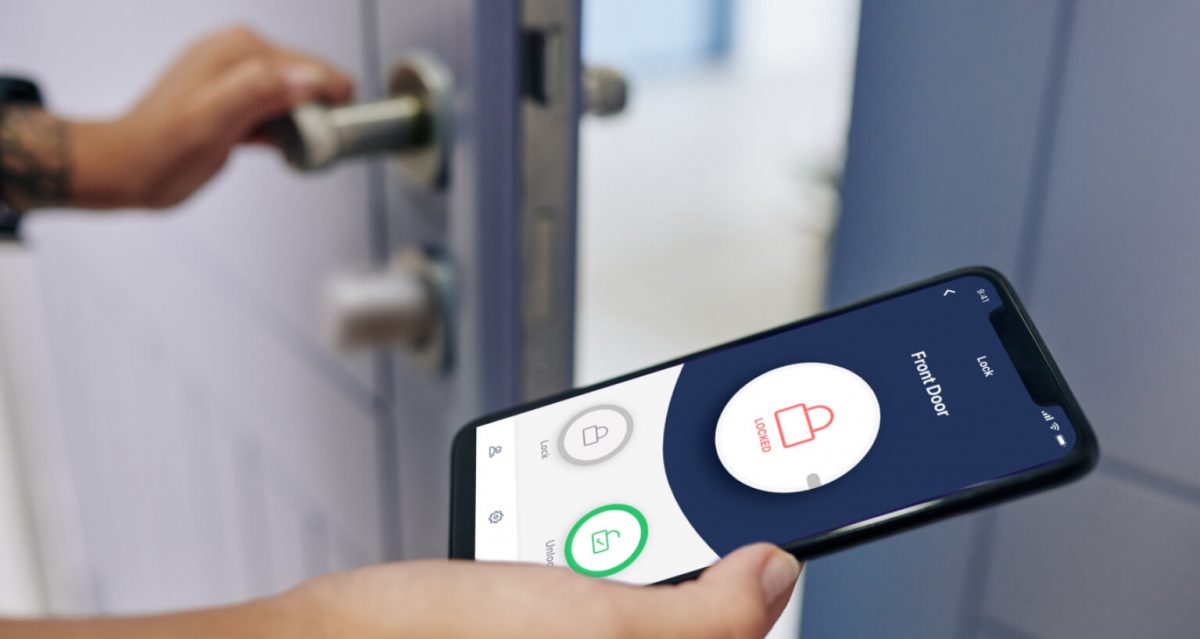

0 thoughts on “How To Store Keys”